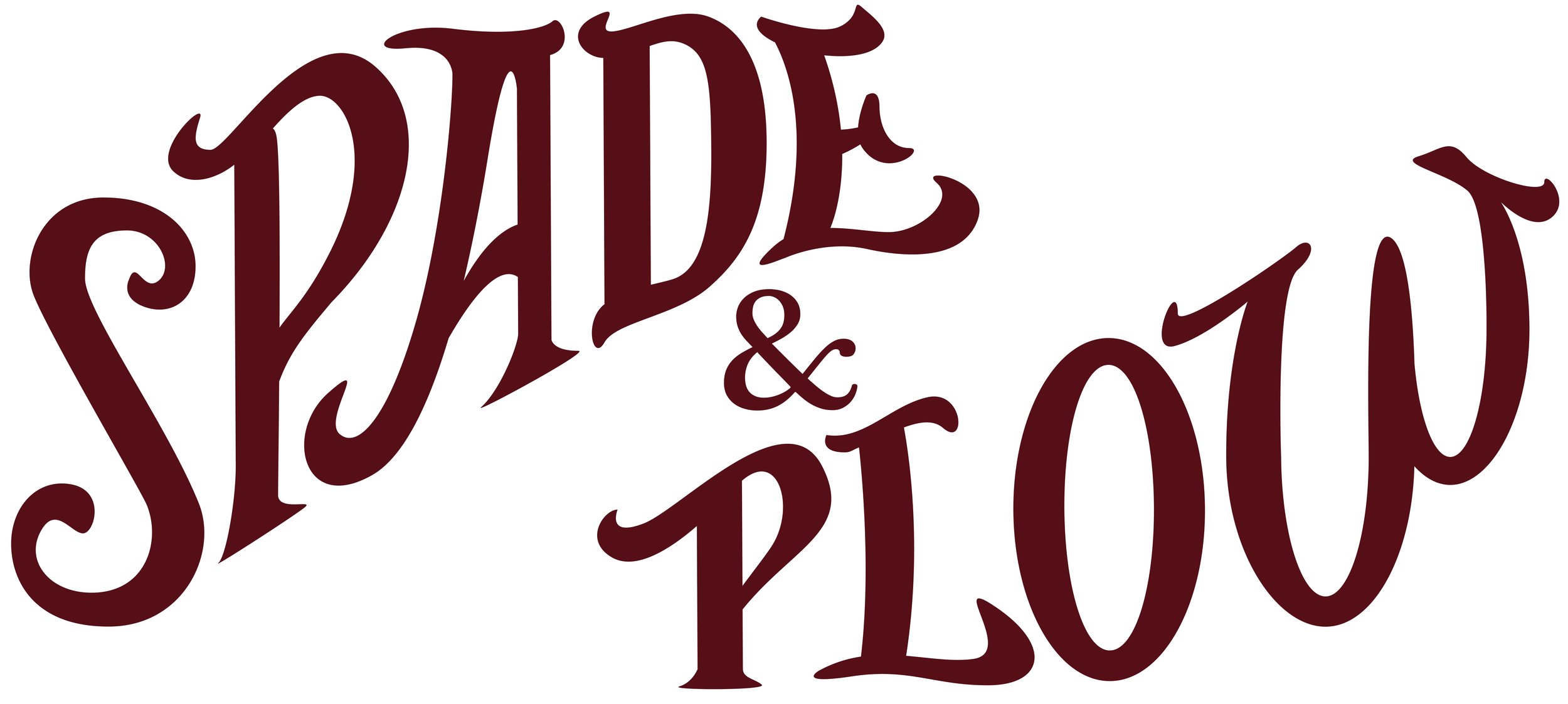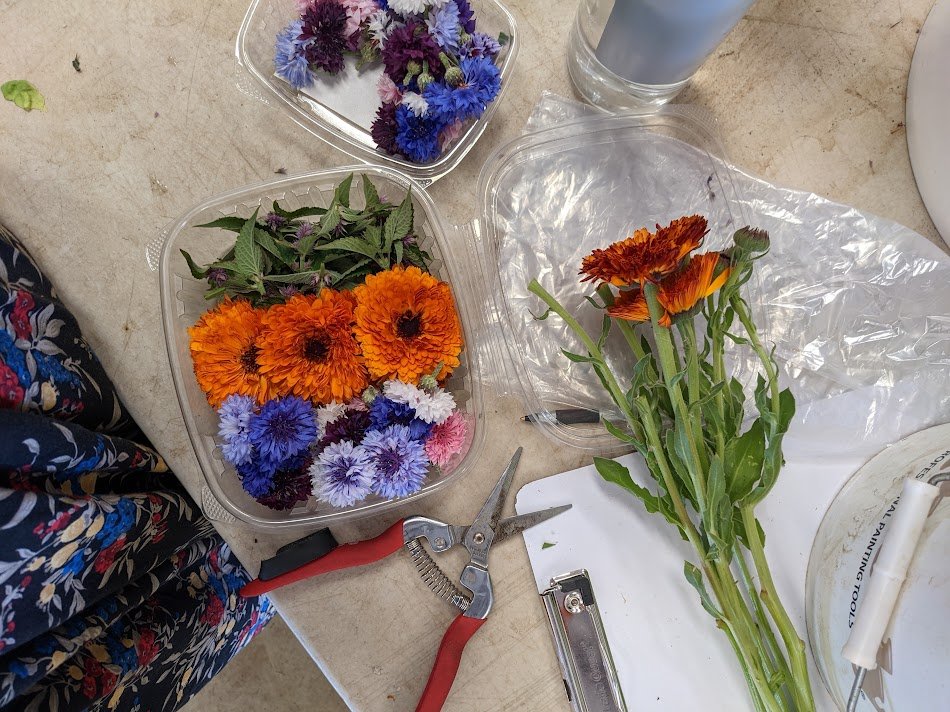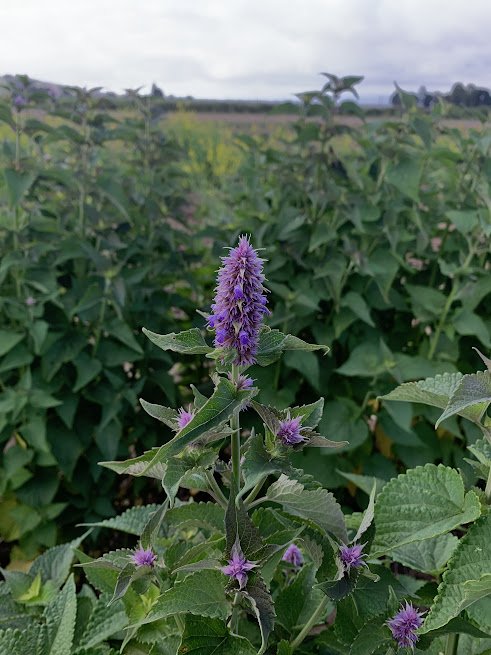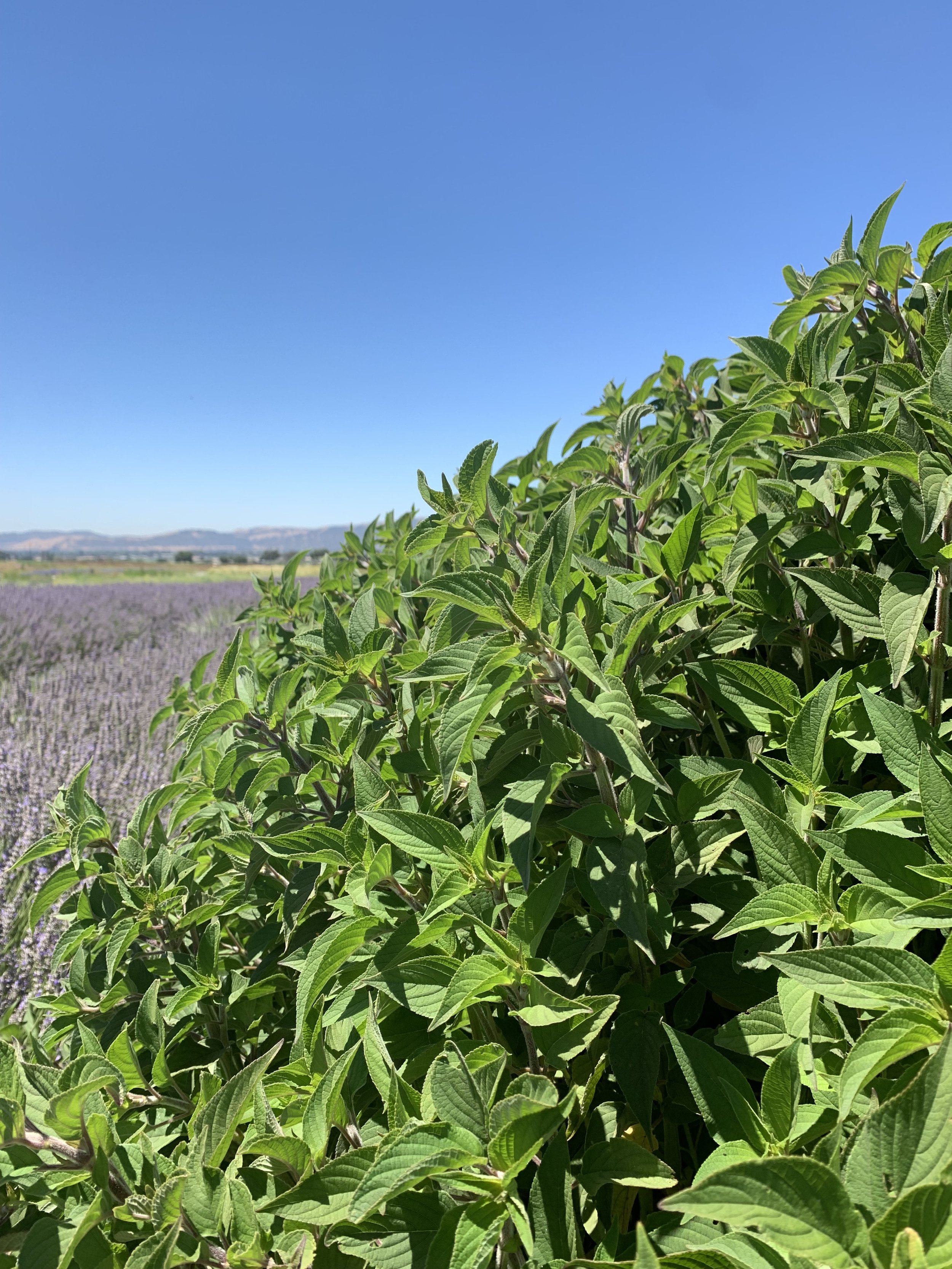Edible Herbs & Flowers
You’ve been seeing them in CSA and farmer’s markets, perhaps even at your favorite bay area restaurant! Wherever you smell, taste or admire them, it’s time you get the full spiel on all the edible herbs and flowers we’re growing this spring. This season we’re bringing back some faithful returns while also reaping some long-awaited perennial production. Check out the deets below on what they are and why we’re obsessed.
Calendula: These bright orange beauties amp up our soil health and call on all the pollinators. While they’re obviously pretty in a vase, they also are commonly used in skin care and beauty products to make their users feel just as lovely. Calendula can be found in creams, oils, soaps, and tea infusions. It’s not hard to scan the web and find countless ways to use calendula in your next DIY health project. And the list goes on! At the farm, we harvest and sell calendula primarily for ornamental and edible purposes. Steep them in tea for a nice nutty flavor or sprinkle them on your salad to benefit from their immune strengthening, anti-inflammatory, and antioxidant rich benefits.
Anise Hyssop: Anise is a farm favorite. Both its purple-hued leaves and fluffy flower top can be eaten, fresh or dry, like many of our other spring edibles. Anise Hyssop is part of the mint family but don’t let that fool you. It has a liquorish-like scent and is fabulous for making simple syrups for cocktails, teas and dressings. We had our first large planting in 2021 (over 2,000 plants) and will be harvesting every spring for as many years as we can (hooray for perennials!) One of the best things about Anise Hyssop is its long bloom time. Starting in early spring, these babies let us keep harvesting for 4-5 months. For the full rundown of our favorite ways to use anise, check out our anise blog here.
Lavender: We held off on a big lavender planting for a while. Since these perennials are slow growing and take up a lot of space (up to 2 feet in between!), we wanted to make sure we had a long term lease before making the commitment. Once settled into the Van Dyke Ranch in Gilroy last year, we jumped at the opportunity to order lavender starts. Now, a year and a half after those tiny cuttings arrived, we’re in full bloom for an abundant spring harvest. Lavender is a staple flower that is equally as beautiful, dried or fresh. Known for its calming properties, lavender is wonderful in lemonade, homemade candles, and for hanging upside down in your shower!
Bachelor Buttons: These are also known as cornflower and, while they’re standard color is a popular periwinkle, we love growing them in dark purple, vibrant pink, and speckled white shades too. Bachelors are one of our most popular edible flowers for restaurant orders. Around the bay, you can find them mixed in with pizzas, salads, soups, and cocktails. They add beauty to a plate but also are known for their medicinal and health benefits. Bachelors are commonly steeped in tea to help treat fever, constipation, and congestion. Not into ingesting them? These fun flowers have a lovely wild look that easily fill a vase and brighten up your dining room. No need to worry if a petal unexpectedly falls into your meal!
Chamomile: I mean, who doesn’t love fresh chamomile tea? Once you’ve experienced a cup, it’s hard to go back to a dried tea bag from the store. Chamomile comes and goes fast in the spring and, if we’re lucky, pops back up in the fall. During the few weeks we get them, we try to harvest and sell as much as possible. Thankfully, our cool farm ‘comb’ and drying rack help us to enjoy them a little longer than their short season. Along with tea, chamomile is great for making cake, garnishing pastries, and creating potent syrups. Be careful if you put them in a vase to enjoy them ornamentally- they love to shed seeds on the table!
Pineapple Sage: Pineapple sage is one of our unique varieties that many local farms don’t grow. It also holds a special place in our heart because these perennials are the only crop that was dug up and transferred to our new property when we moved. Don’t let the name fool you- they don’t have a strong pineapple OR sage scent. Rather, they have a fruity flavor with a hint of spice and mint. In long growing seasons like California’s, these plants produce exotic-looking tubular red flowers about a month before first frost. The flowers are edible and are a hummingbird favorite. Both the leaves and flowers are great for tea, garnishes, and mixed bouquets.







